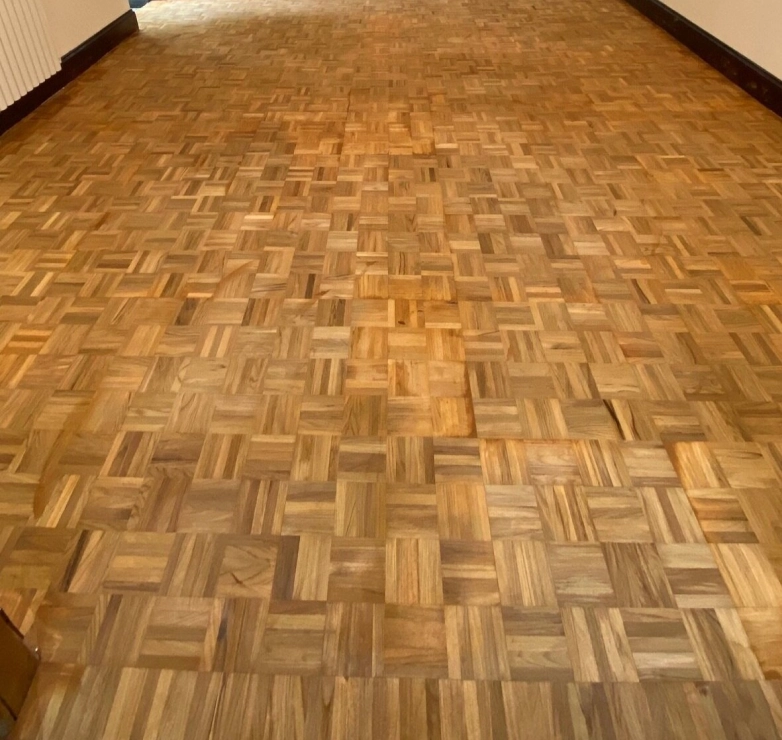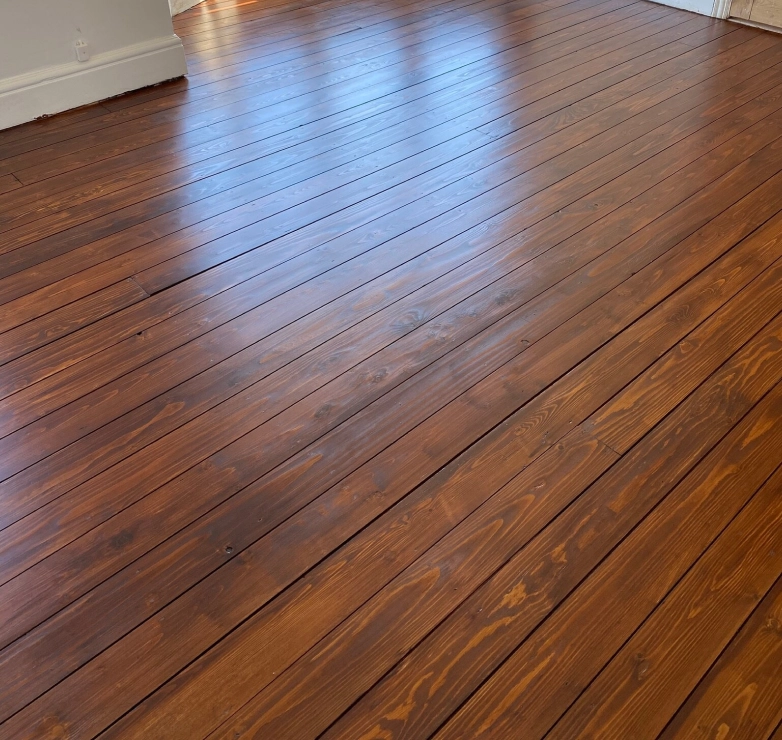How to Whitewash Your Floors
Whitewashing can be a DIY project if you feel confident working with hardwood flooring; however, we would always suggest using the services of a professional, such as ourselves at Inner Space Flooring.
If you are doing it yourself, then there are four simple steps to follow:
Prepare The Floor
Before carrying out any work, you should always prepare the floor to ensure you get the best results.
In this case, you will need to start by emptying the room in which you are whitewashing so that you are left with a clear floor, and removing the varnish from your flooring as this acts as a barrier between the whitewash and your wood floors.
To do this, you must use a sander which will open up the pores of the wood and allow the paint to settle in.
Once the floor has been sanded, clean it thoroughly to remove all dust and dirt.
Apply The Whitewash
Next, you need to decide on what type of whitewash you want to use on your floors.
You may find that some articles and blogs on the internet suggest bleaching your wood floors; however, this is not necessary and can be very harsh and stripping so it’s best to avoid doing this.
You should also avoid using actual paint on your wood floors as it can be hard to maintain over time and will hide the natural grain and design features of the wood leaving your floors looking dull.
Instead, just apply a white stain or white tinted sealer to your floor with the grain of the wood using a 4-inch brush and coating a small section at a time as it will dry quickly.
Assess The Finished Look
Once you have applied the whitewash to the entire floor and allowed it some time to fully dry, take a moment to closely assess the final look and colour.
If it’s too light, then you should go over the floor again but if there are spots that are slightly too dark, then you can even it out by sanding that area down.
Seal The Floor
When you’re happy with the finished look and the floor is completely dry, you will need to seal the colour by applying a coat of water-based polyurethane lacquer.



